A 2kg toy car can move along an x axis. Graph shows force Fx acting on the car which begins at rest at time t = 0. The velocity of the particle at t = 10 s is :A - im/s B -1.5im/s C 6.5im/s D 13im/s
C The velocity of the particle at t = 10 s is 6.5im/s
Related Solutions
A 2kg toy car can move along an x axis. Graph shows force F_(x) , acting on the car which being at rest at time t=0 . The velocity of the particle at t=10s is:
View SolutionA 2kg toy car can move along an x axis. Graph shows force F_(x) , acting on the car which being at rest at time t=0 . The velocity of the particle at t=0s is:
View Solutionएक 2 kg की खिलौना कार x अक्ष के अनुदि । गति कर सकती है। ग्राफ बल को प्रदर्शित करता है, जो समय t = 0 पर विराम पर कार पर लग्न प्रारम्भ होता है | t= 10 s पर कार एक वेग है:
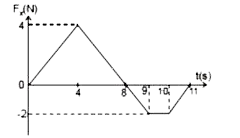
View Solutionएक 2kg की खिलौना कार x-अक्ष के अनुदिश गति कर सकती है। ग्राफ परिणामी बल को प्रदर्शित करता है , जो समय पर विराम पर कार पर लगना प्रारम्भ होता है। पर कार का वेग है
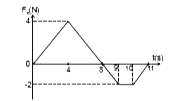
View Solutionचित्र में x - अक्ष पर चलते हुए एक कण का वेग -समय ग्राफ दिखाया गया है | (a) कण का त्वरण निकले | (b) t = 0 से t = 10 s के बीच चली गई दुरी तथा (c) t = 0 से t = 10 s के अंतराल में विस्थापन निकले |
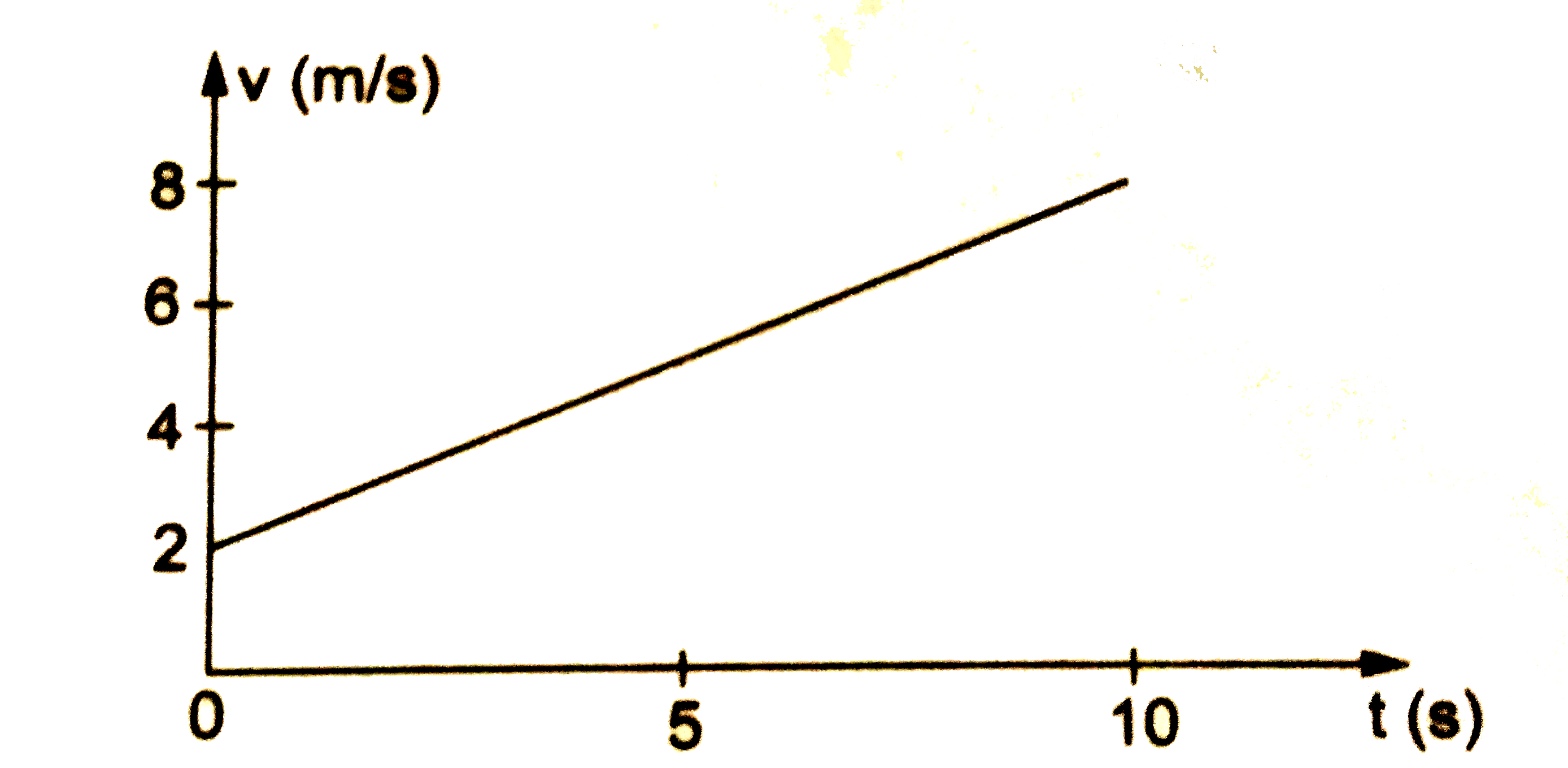
View SolutionA particle is moving along the x-axis. Consider it’s a-t graph. If initial velocity is 10 m//s, sketch the v-t graph and calculate the displacement in the time interval t=0 to 12 s.
View SolutionTwo cars, A and B move along the x-axis. Car A starts from rest with constant accelertion while car B moves with consstant velocity. a. At what time s , t s , if any, do A and B have the same position? . b. At what time s if any, do A and B have the same velocity? What is the velocity of car B at this time. c. Graph velocity versus time for both A and B . d. At what time s . If any, does car A pass car A ? e. At what time s , if any does car B pass car A ?
View SolutionTwo cars, A and B move along the x-axis. Car A starts from rest with constant accelertion while car B moves with consstant velocity. a. At what time s , t s , if any, do A and B have the same position? . b. At what time s if any, do A and B have the same velocity? What is the velocity of car B at this time. c. Graph velocity versus time for both A and B . d. At what time s . If any, does car A pass car A ? e. At what time s , if any does car B pass car A ?
View SolutionThe acceleration - time graph for a particle moving along x - axis is shown in figure, If the initial velocity of particle is , the velocity at t = 8 s is
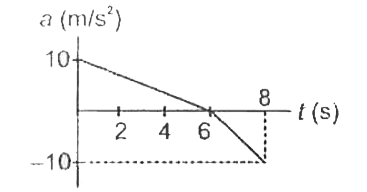
View SolutionThe acceleration - time graph for a particle moving along x - axis is shown in figure, If the initial velocity of particle is , the velocity at t = 8 s is

View SolutionFigure shows the graph of x - coordinate of a particle moving along x - axis as a function of time. Average velocity during t = 0 to 6 s and instantaneous velocity at t = 3 s respectively, will be
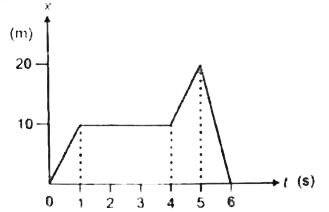
View SolutionFigure shows the graph of x-coordinate of a particle moving along x-axis as a function of time. Average velocity during t = 0 to 4 s and instantaneous velocity at t = 4.113 s respectively will be
View SolutionFigure shows the graph of x-coordinate of a particle moving along x-axis as a function of time. Average velocity during t = 0 to 4 s and instantaneous velocity at t = 4.113 s respectively will be
View SolutionFigure shows the graph of x - coordinate of a particle moving along x - axis as a function of time. Average velocity during t = 0 to 6 s and instantaneous velocity at t = 3 s respectively, will be
View SolutionA car starts from rest at time t = 0 and it a-t graph is shown in figure. A coin is initially at rest on the floor of the car. At t = 1 s the coin begins to slip and it stops slipping at t = 3 s. The coefficient of static friction between the floor and the coin is (g = 10 m/)
_PHY_E05_188_Q02.png)
View SolutionA car starts from rest at time t = 0 and it a-t graph is shown in figure. A coin is initially at rest on the floor of the car. At t = 1 s the coin begins to slip and it stops slipping at t = 3 s. The coefficient of static friction between the floor and the coin is (g = 10 m/ s^2 )
View SolutionThe acceleration-time graph of a particle moving along x-axis is shown in the figure. If the particle starts with velocity 3 m/s at t = 0, find the velocity of particle at t = 4 s.
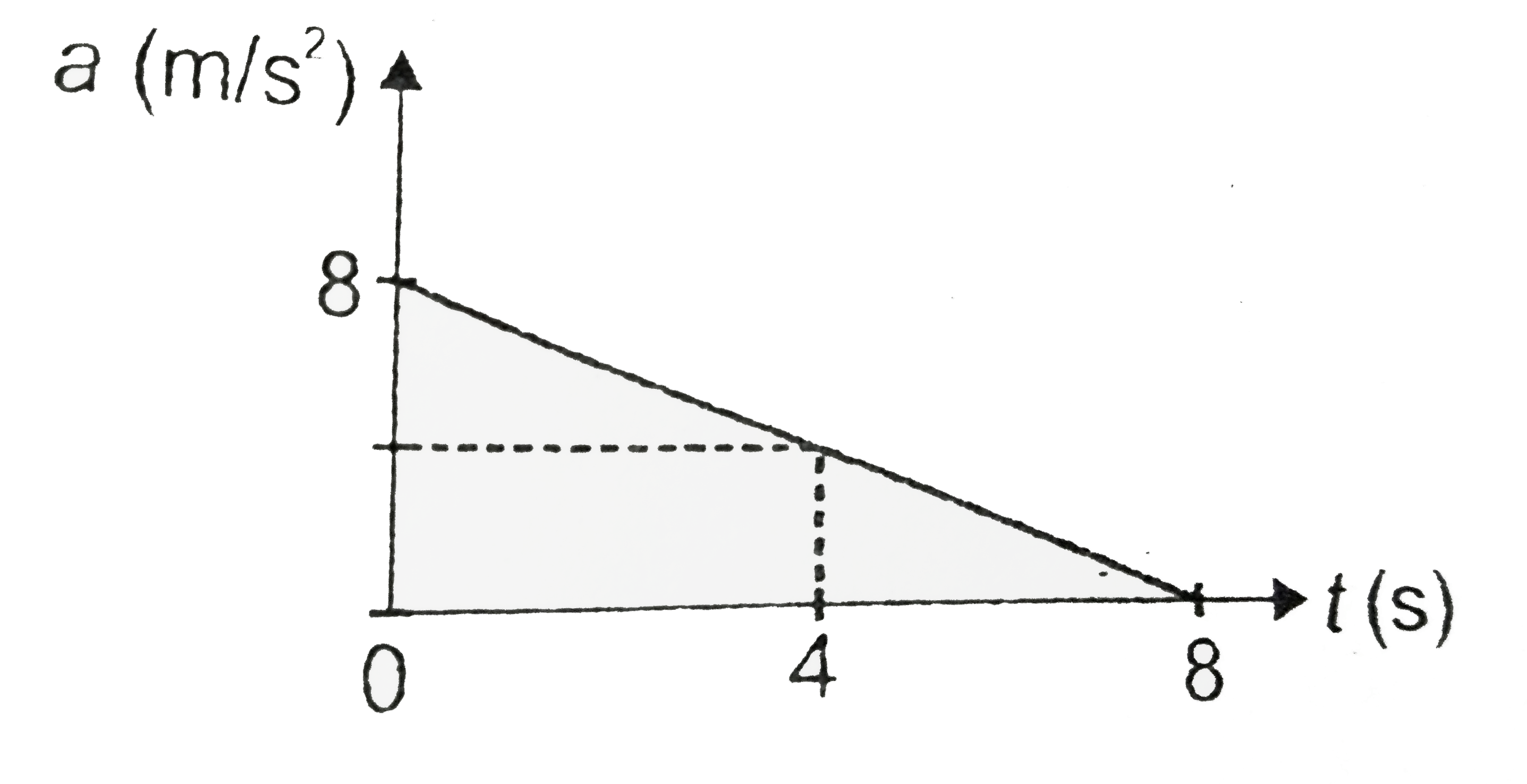
View SolutionThe acceleration-time graph of a particle moving along x-axis is shown in the figure. If the particle starts with velocity 3 m/s at t = 0, find the velocity of particle at t = 4 s.
View SolutionThe speed-time graph of a particle moving along a fixed direction as shown in the figure. The distance traversed by the particle between t = 0 s to t = 10 s is
View SolutionThe speed-time graph of a particle moving along a fixed direction as shown in the figure. The distance transversed by the particle between t = 0 s to t = 10 s is
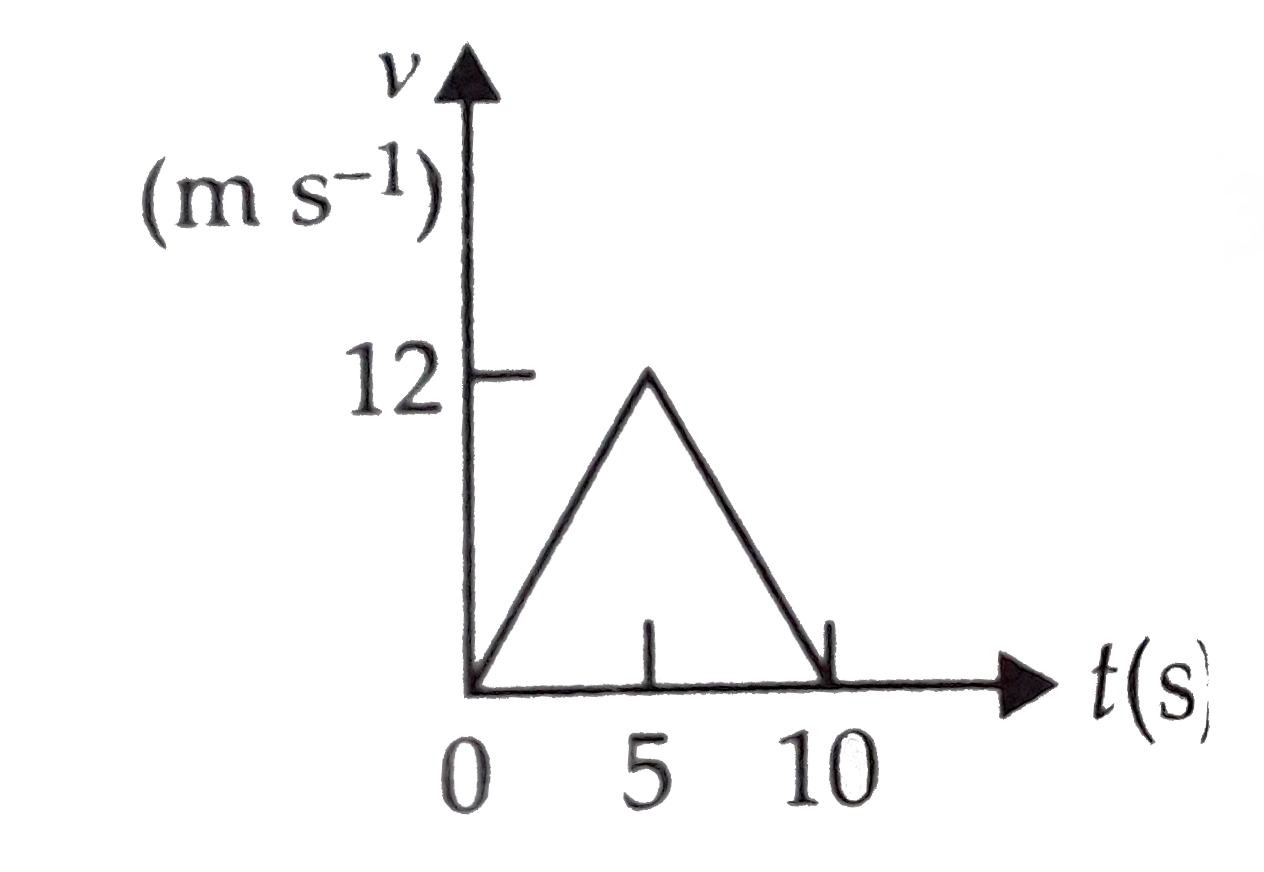
View Solution